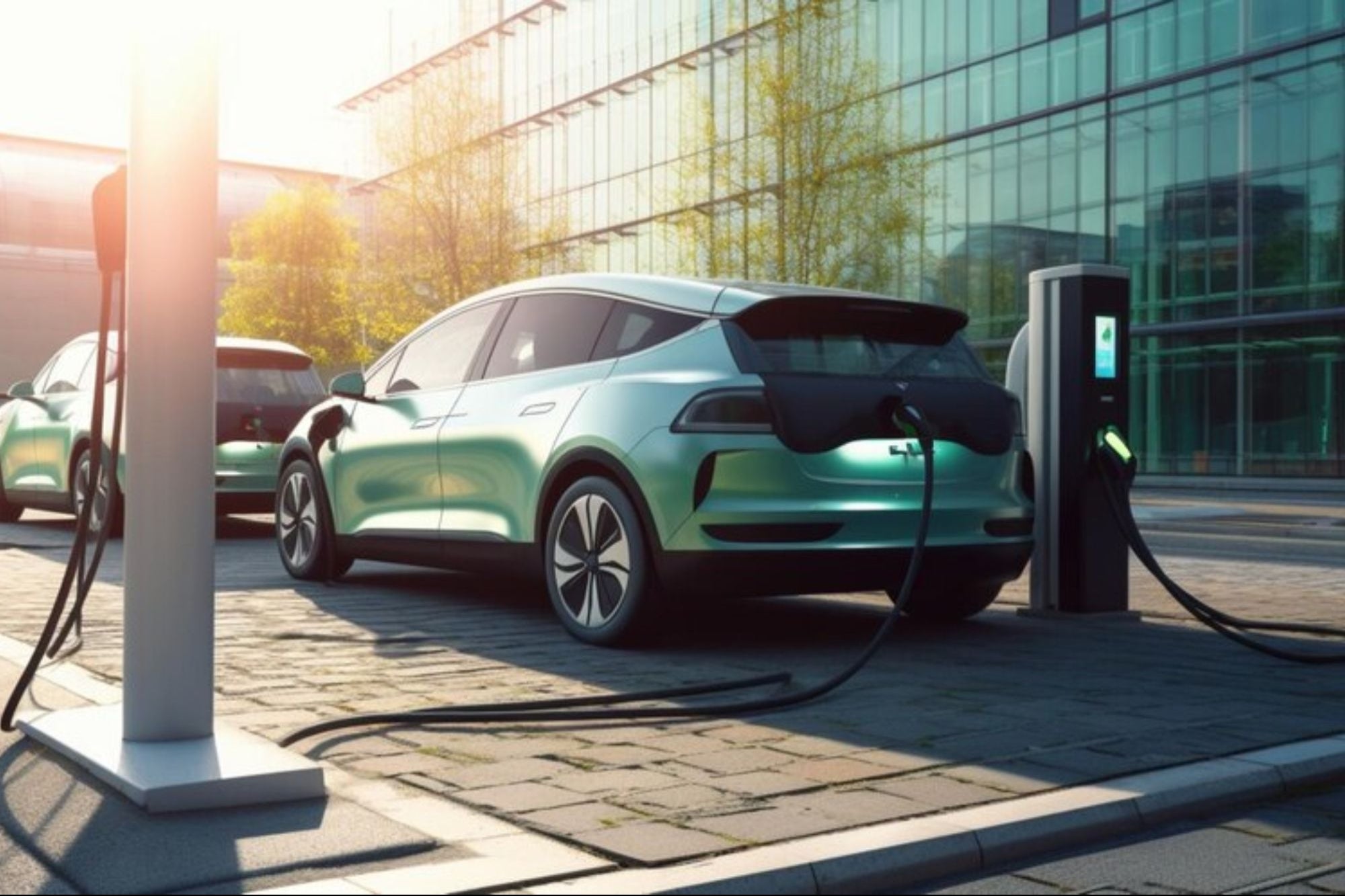Here's What Office Cafeterias Have To Do With Employee Productivity The technology used in an automated cafeteria includes mobile apps, near-field communication, RFID-enabled devices, even card-based systems to provide a familiar payment experience
Opinions expressed by Entrepreneur contributors are their own.
You're reading Entrepreneur India, an international franchise of Entrepreneur Media.

It's one of the small pleasures of the workplace that when the slower hand is dragging towards the numeral one, most of us feel induced to stop what work we're doing and eat. No matter how hard a job gets, it always seems to get easier around that time of the day. Office meals can be more than just about getting your daily sustenance. It can put a smile to the face and a spring to the step. This is not to say that it's as perfect a setup as it sounds. Reality can leave a few things to be desired.
The reality can be very different when you realise nearly everyone in the office has the same idea. That's when the wait starts. Frustration begins. The lunch rush hour. Facility managers who've been on the job even a week know this problem quite well. Lunch hour in a company with 100 employees can get pretty tough to manage. Try 200, and the scene drastically escalates. Double that or better yet, think large, fast-growing companies with more than a 1000 employees, a big number of whom turn up at once for lunch. Many large companies have exciting menus and large cafeterias, but at the heart of the problem is the fact that service and payment can be rather a time- consuming activities. Those are the areas where inefficiencies can get apparent.
The Lunch Hour Rush
On an average, employees lose up to 20 minutes of productive time a day waiting in line during the lunch hour rush. This adds up to about 8 hours a month—an entire workday lost, waiting at the office cafeteria. Add to this another few minutes to place an order and make cash or voucher payments, and employees end up losing in excess of a hundred hours every year.
These are hours that could have been spent productively, had they had the choice. The opportunity cost of this lost time is a very real economic implication for corporations.
The Modern Cafeterias
So how can this cost be minimised or done away with altogether? Could adding more people to manage the cafeteria and service help? Not likely. Throwing more people at the problem can, in fact, make things worse. The answer could lie in automation and digitisation. If a cafeteria can be set up in such a way that ordering food and paying for it could be done digitally, even remotely, then that would cut down waiting time and lunch lines considerably. For instance, if an employee could order a meal sitting at their desk, pay for it digitally, there would be no need for them to queue up. All they would then need is to pick up the food when it's ready to eat. At the other end, the merchant who receives the order and payment finds it easier to manage these orders without the need to juggle with physical payments, service and getting food ready all at once.
The technology used in such an automated cafeteria includes mobile apps, near-field communication, RFID-enabled devices, even card-based systems to provide a familiar payment experience. Ultimately, all of this goes into making the process more efficient, less time-consuming and a whole lot more convenient for all of the people that come together to make the cafeteria work.
Even if you overlooked the opportunity cost of waiting around in long lunch lines in slow, over-crowded cafeterias, we could spare a thought to the overall experience we want employees to have. After all, lunch is a social occasion where people meet, bond and exchange ideas. These are all human aspects of the workplace that need the right setting. Productivity, a human aspect as well, isn't that far behind.












